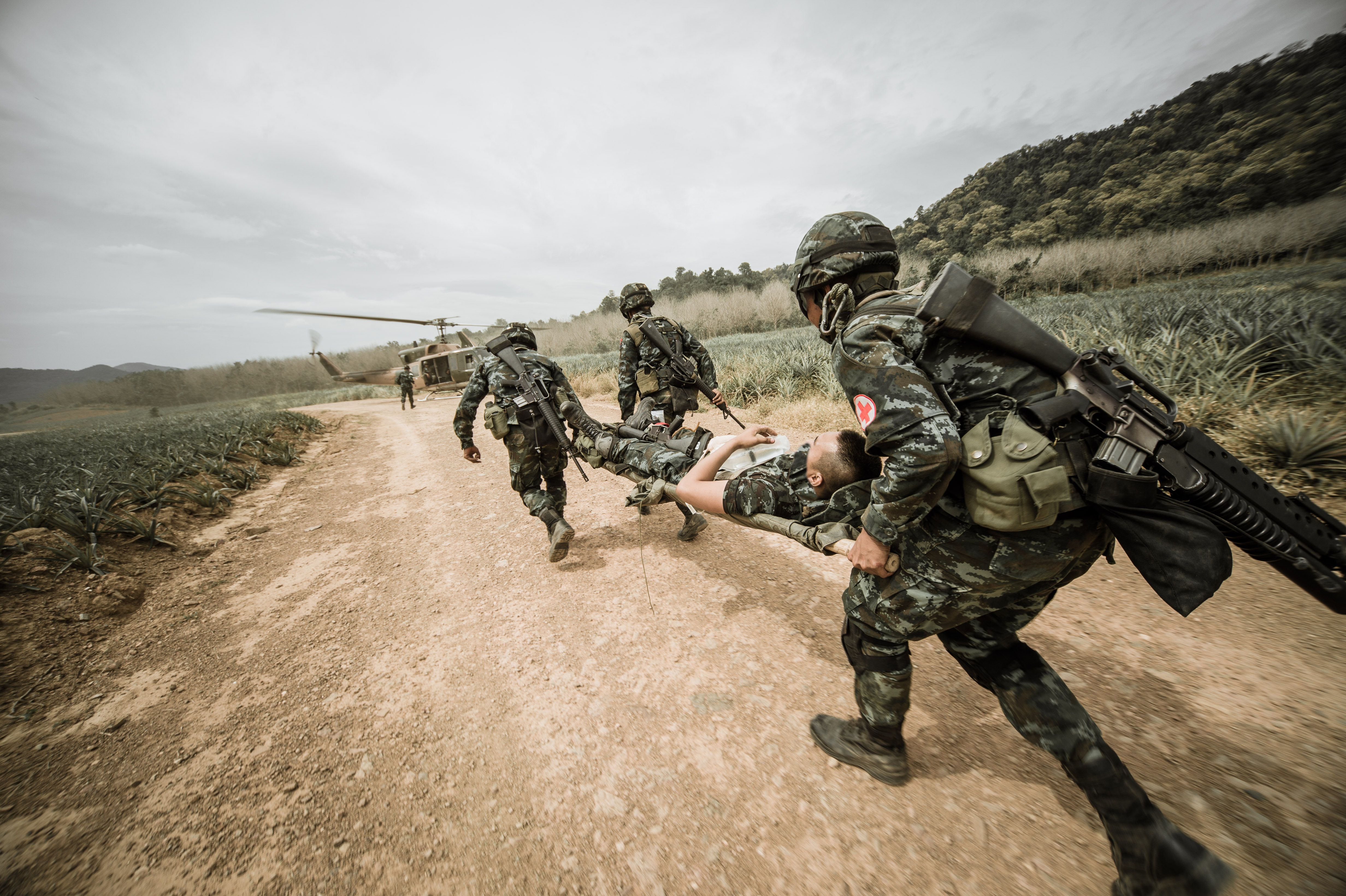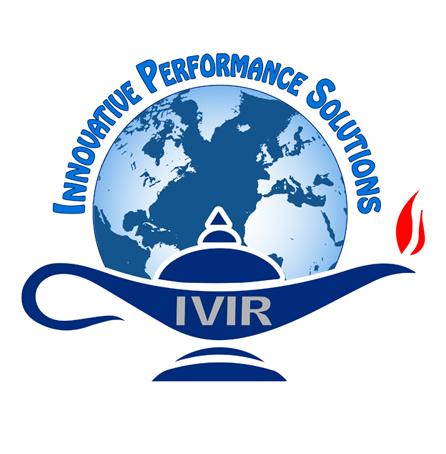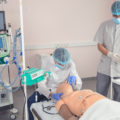
Joint Evacuation and Training System of System with the focus on Patient Handoffs and Transfers
Medical Evacuation is timely efficient movement, and the transport of patients by medical personnel from the battlefield and/or medical facilities, to higher echelons of care during the full spectrum of military operations. The lack of communication with transition in care have been problematic and considered danger points in patient care processing contributing to medical errors and adverse events. The breakdown in communication, situational awareness, absent or non-effective training and lack of resources have been insufficient and unsuccessful and 60% of sentinel events are caused by poor communication methodologies used by health care providers. Training the process of handling patients off is often not conducted, and learning occurs informally and the lack of clear understanding of the process involved exists. The integration of standardized reliable measurements tools are incorporated to provide and comparable exchange during the hand-off against a “Gold Standard” of data to asses the effectiveness of varying patient hand-off characteristics to patient outcomes.
Sponsor:
U.S. Medical Research Material CommandAward Date:
September, 2016Contract #:
W81XWH-16-2-0064Status:
DeliveredResearch
Information Visualization and Innovative Research, Inc. (IVIR Inc.) was funded through the U.S. Army Medical Research Materiel Command (USAMRMC) Cooperative Agreement, to conduct a 1-year research study and design effort to develop an architectural design for a system of systems for joint en route care training specific to patient handoffs and transfers. The specific aims of this Joint Program Committee-1 (JPC-1) led effort were as follows:
- Provide for a more realistic representation of casualty handoffs and transfers that occur in the joint en route continuum of care with improved mechanisms for training, test and evaluation to reduce medical errors and adverse events occurring before, during, and/or after patient handoffs and transfers.
- Add to the current body of knowledge by identifying and addressing gaps in joint en route care training, and construct a top-level interoperable architectural framework for a training system of systems that can track individual and team performance correlated to patient outcomes.
The objective was to provide live, virtual, constructive, and gaming (LVCG) simulations to assess and evaluate the patient handoffs and transfers in a controlled and standardized way to help address these areas. The architectural design for a comprehensive simulated system of procedures represent casualty handoffs and transfers occurring in the joint en route continuum of care, including improved mechanisms for training and test and evaluation.





